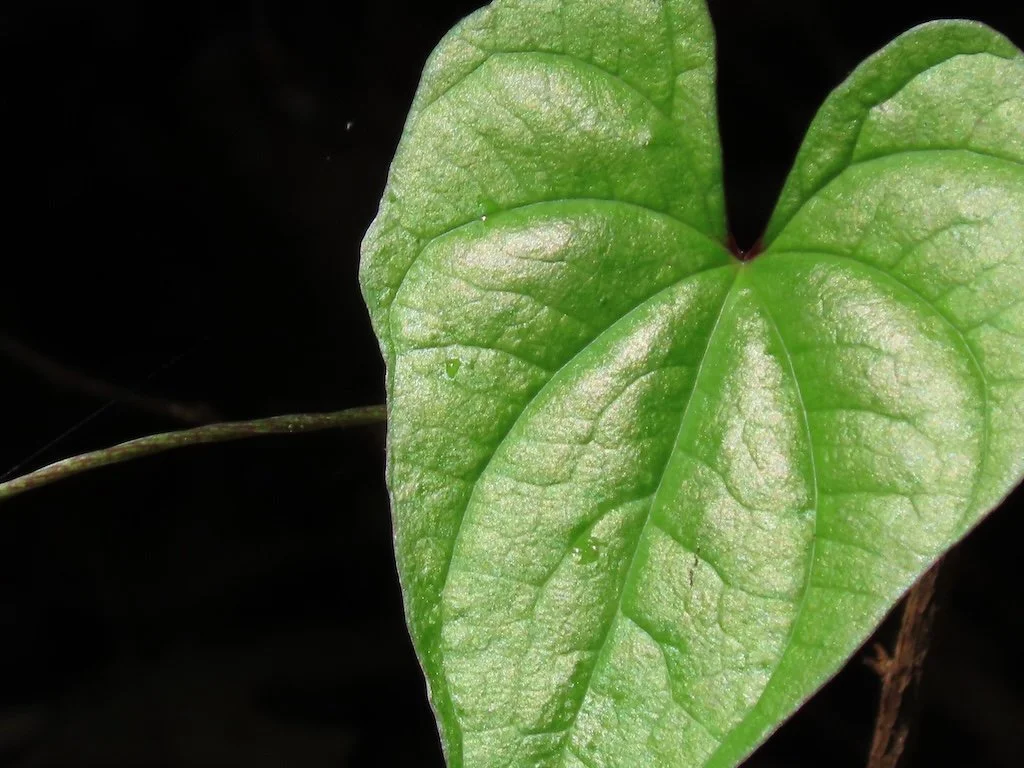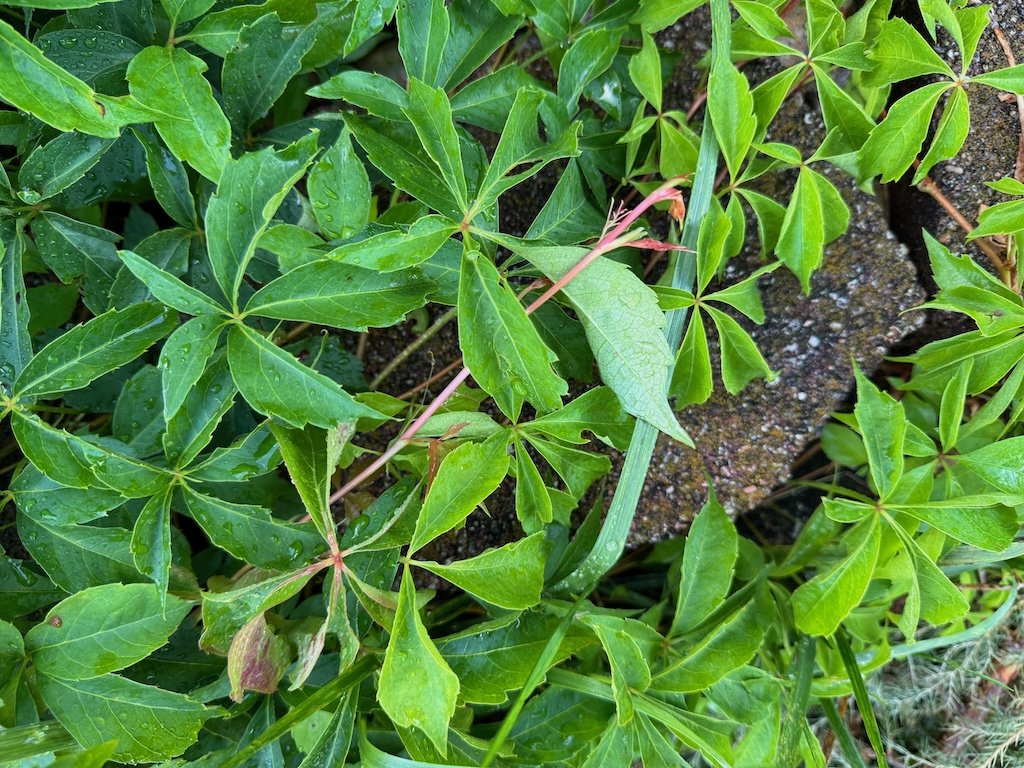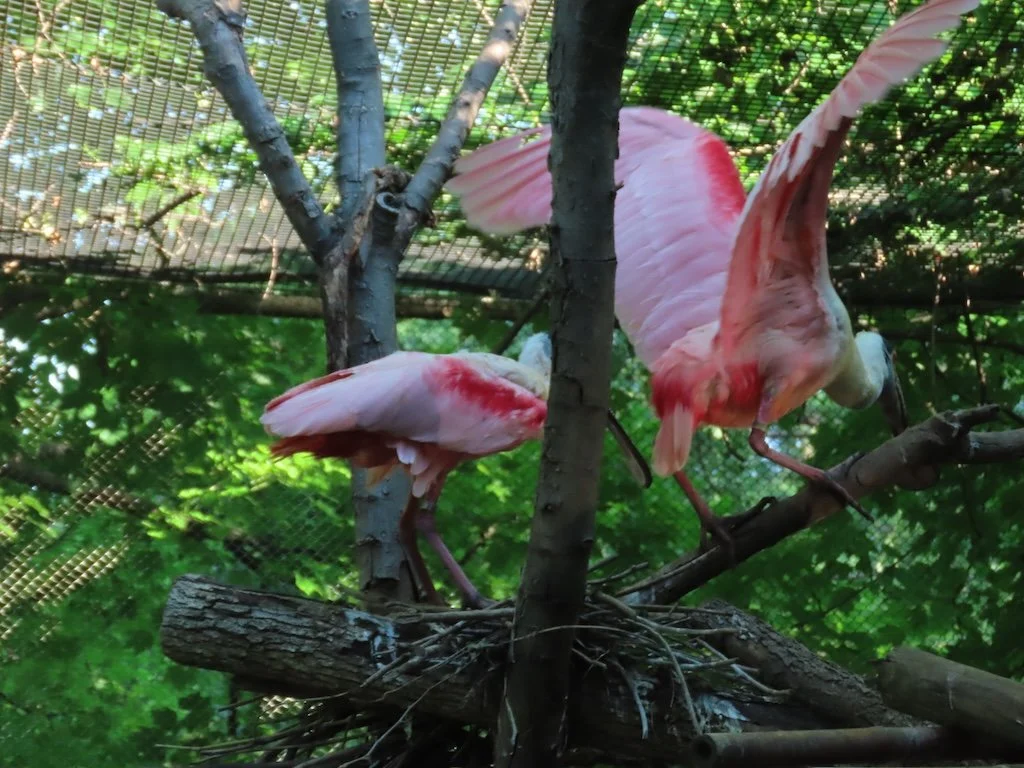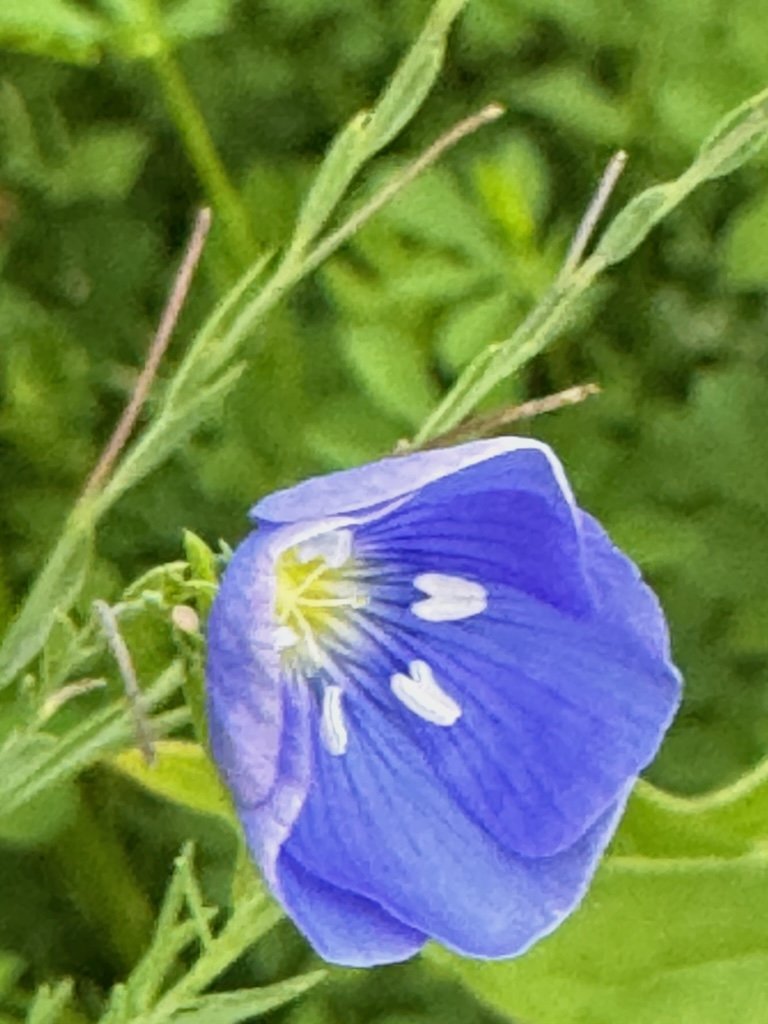The items below were ‘the cream’ of the articles and websites I found this past week. Click on the light green text to look at the article.
The Electric Revolution of Gardening Tools is Here – Hurray! We’ve been completely transitioned to battery powered yard tools for a few years now. I wouldn’t be mowing my own yard without our electric mower. Our old gas-powered one was noisy and my throat got scratchy from the fumes. Now I think of mowing the yard as a challenging exercise rather than a negative impact on my hearing and lungs!
US Cities Ranked by Vehicle Miles Traveled – As I read the article, I wondered where Dallas/Fort Worth fit since they were not on the top 10 list. I went to the source cited in the article and found that Dallas/Fort Worth was 19th. Other Texas cities are high too – San Antonio at 14, Houston at 18 and Austin at 22.
See Frida Kahlo in Her Element in a New York Show of Rare Photographs – There is a picture of her (and Diego) viewing a solar eclipse in 1932 (Detroit)!
The apple detectives hunting for lost varieties - Apple fanatics across the UK are now taking samples from very old apple trees in hopes of learning more about antique varieties, and perhaps making some surprising discoveries. That's because there are apples, documented in 19th-Century books like Robert Hogg and Robert Bull Graves' The Herefordshire Pomona, that have slipped through people's fingers.
In North Macedonia, an Ancient Lake Faces Modern Threats – Lake Ohrid - 19 miles long, nine miles wide and 945 feet deep, teeming with fish, snails, leeches, flatworms, phytoplankton, crustaceans, and more. Of the lake’s roughly 1,200 known native species, 212 of them are endemic, occurring nowhere else. It faces growing threats, including from overfishing, nutrient pollution, invasive species, booming tourism, unregulated building, official neglect, and perhaps the most inexorable challenge of all, global warming.
Rare White Bison Calf Born at Yellowstone National Park - Photographed on June 4, as a group of bison crossed a road with traffic stopped.
A supermarket trip may soon look different, thanks to electronic shelf labels - This month, Walmart became the latest retailer to announce it’s replacing the price stickers in its aisles with electronic shelf labels. The new labels allow employees to change prices as often as every ten seconds. They haven’t come to the Walmart near me yet…I’ll be looking for them every time I shop there.
A new way to measure aging and disease risk with the protein aggregation clock - Although there are other "clocks" to measure ageing and health, most of them are based on nucleic acids like DNA. A biological clock based on proteins could be a useful complement to these existing clocks, as proteins are among the most abundant molecules in cells and are crucial for all cellular functions. With the help of such a protein aggregation clock, scientists and doctors might move one step closer towards helping people age healthily and preventing age-related diseases.
Tiny beauty: how I make scientific art from behind the microscope – Great illustrations…worth scrolling through.
New metric for blood circulation in brain to better understand dementia - By accurately measuring how pulsatility is transmitted in the brain, researchers can better understand the underlying mechanism of brain conditions (including Alzheimer’s disease and other forms of dementia) and potentially guide development of new treatments.




























































































































































































































































































